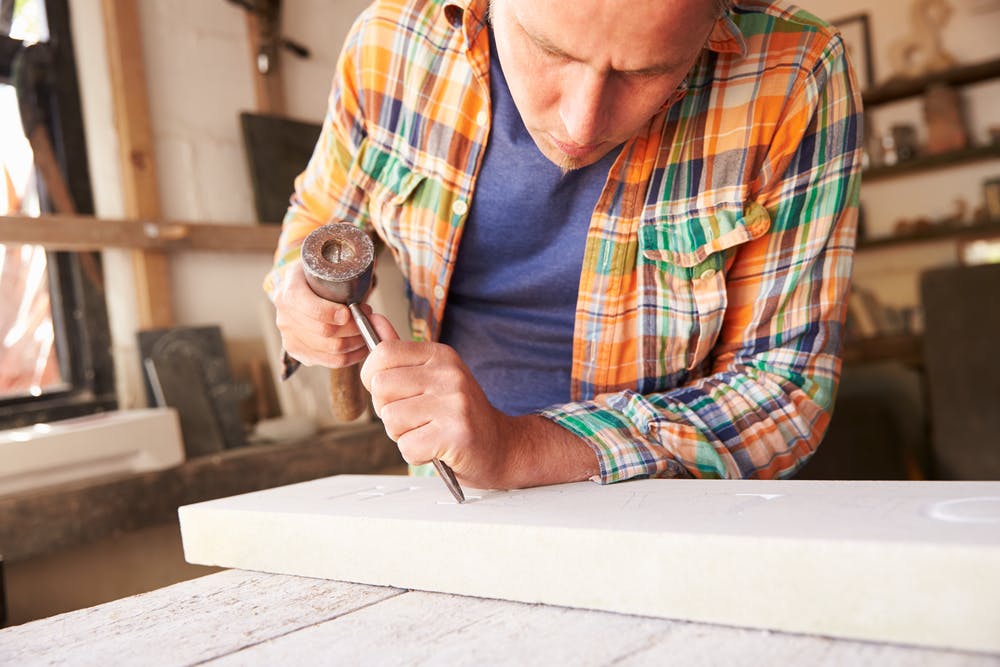Ventilation is the key.
Ceramic dust exposure.
Most of the following suggestions will greatly reduce your exposure to dust taken together they should make your workplace safe.
Ceramic arts crafts production and lab testing can generate a lot of dust if it is not managed properly.
Dust masks must fit well and they must be specifically designed for very fine dust.
Cristobalite and tridymite are two other forms of crystalline silica.
Crystalline silica is a basic component of soil sand granite and many other minerals.
Time exposure is what matters.
Workers who use porcelain ceramic and clay products are at risk for exposure to toxic minerals and substances.
One of the greatest risks in this industry is exposure to respirable crystalline silica or silica dust.
When someone inhales silica dust the particles can attach to the lining of the lungs causing scar tissue and fluid buildup.
Many masks are sold in drug stores that do not qualify.
Use only a niosh national institute for occupational safety and health approved masks rated for fine toxic dust.
For example the injury caused by exposure to silica is marked by islands of scar tissue surrounded by normal lung tissue.
Glaze components are weighed sorted and mixed with water.
Use vent system at the source.
Low level constant is the worse.
Ceramic educational programs are coming under increased scrutiny because of dust concerns.
Some types of lung diseases caused by the inhalation of dust are called by the general term pneumoconiosis.
The changes which occur in the lungs vary with the different types of dust.
Lead compounds are highly toxic by inhalation or ingestion.
Kilns should be vented properly.
Glazes can be dipped brushed poured or sprayed on the ceramic piece.
Dust masks should be used if and when dust cannot be avoided.
This simply means dusty lung.
These materials are often in fine powdered form and result in high dust exposures.
Pick up the dust before it gets into the studio.
Quartz is the most common form of crystalline silica.

